Thyroid hormones are the only known biologically active substances that contain iodine. They have two important functions: in a growing organism they are necessary for normal development, especially of the central nervous system, and in adults they are responsible for regulating metabolism, acting on almost all organs and tissues, regulating energy expenditure, its speed and volume.
To ensure these functions, the thyroid gland contains large reserves of thyroid hormones. The metabolism of thyroid hormones occurs mainly in the liver, but is carried out partially in target tissues, for example in the brain. The level of thyroid hormones in the plasma is very finely regulated by the adenohypophysis using TSH with the participation of negative feedback mechanisms. TSH serves as a signal for the production of thyroid hormones, the main one of which is T4, which can be converted into T3 mainly in the tissues.
Thyroid hormones act mainly through intracellular receptors that influence the expression of certain genes.
According to modern concepts, T3 binds to intracellular receptors, which leads to a change in their affinity for T3-sensitive regulatory elements that regulate the expression of certain genes. Therefore, T3 influences gene expression and therefore protein synthesis. Usually, a free receptor binds to a regulatory element and suppresses the expression of the corresponding gene, although in some cases it can activate it. By binding to the hormone, the receptor increases its expression (or, conversely, suppresses it). T4 binds to the same receptors, but its affinity for them is much lower than that of T3. However, despite T4’s ability to bind to receptors, its effect on gene expression has not been demonstrated. So, in a certain sense, T4 can be considered a prohormone, since its effect on gene expression is due to conversion to T3.
There are effective treatments for most thyroid diseases. The method of treatment of hypothyroidism is obvious: replacement therapy is prescribed.
For medical purposes, in most cases, T4 is prescribed. Both drugs are used in sports, but with slightly different purposes.
Triiodothyronine (T3) or (liothyronine) is essentially a thyroid hormone, which can help people lose fat and have an effect during the anabolic phase and also helps create the GH hormone in a more significant and to increase anabolism in the body other than impacts on fat loss.
Т3 – often used for weight loss instead of thyroxine, they are almost identical in their mechanism of action. T3, unlike T4, more actively influences the biochemical pathways of protein catabolism. When both drugs are dosed to achieve the same fat loss, T3 burns significantly more muscle than T4. Note that T3 is formed from the hormone T4 or the hormone thyroxine as the more active form of t4.
T3 – stimulates skeletal muscle growth by increasing muscle fiber number and diameter and plays a role in the transition of neonatal to adult myosin isoforms.
EFFECTS:
Regulate your metabolism.
Burn fat.
Increase anabolic processes and muscle growth.
Keep in mind that you will lose MUCH more muscle on T3 without any anabolic assistance than you would with it.


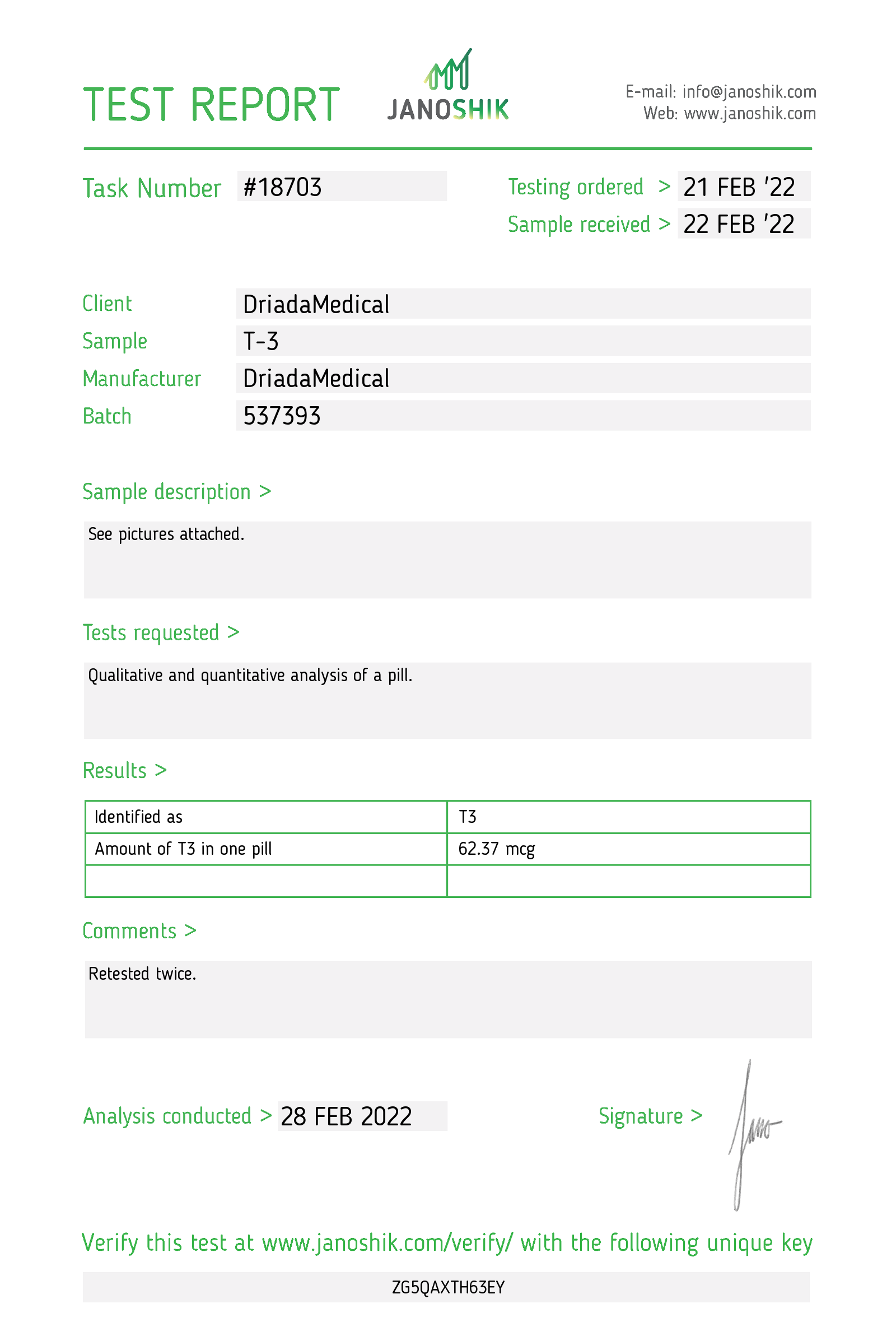




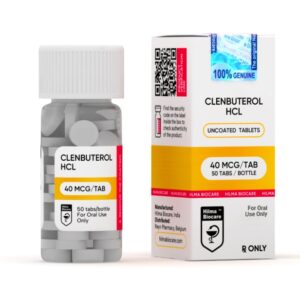

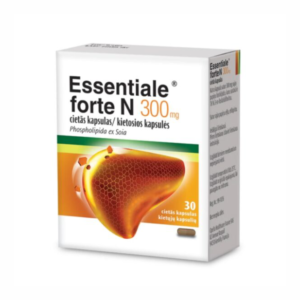
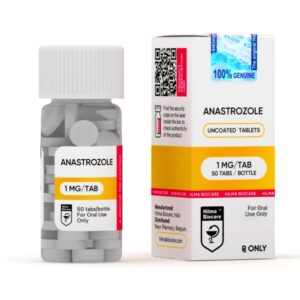
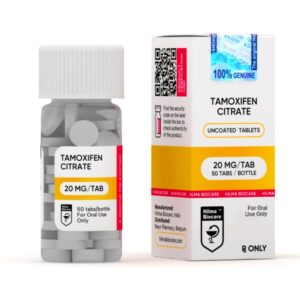


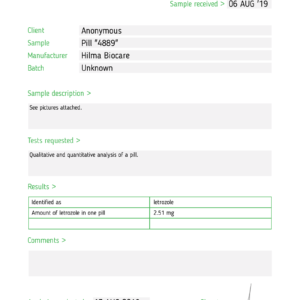



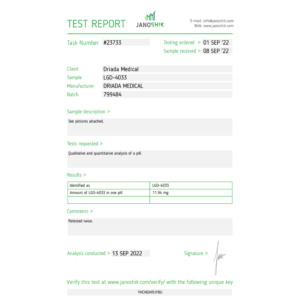
Reviews
There are no reviews yet.